
Conspiracy theories can seem far-fetched, but only until proof surfaces. Secret operations by various organizations and the government have stayed under wraps for years. Here are 20 of those cases that expose how some dismissed ideas turned out to be a scary reality.
Operation Snow White
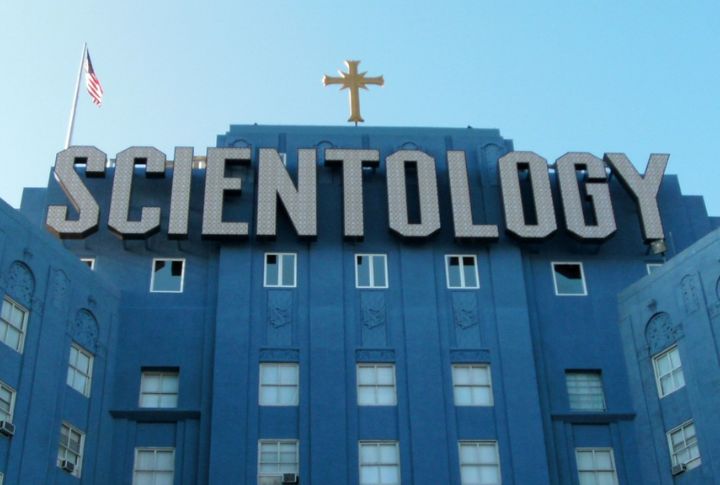
Who would suspect a religious group pulling off one of the biggest government infiltrations in history? Yet, that’s exactly what Scientology did. In the 1970s, members secretly accessed over 130 U.S. agencies until the FBI caught them red-handed in ’77.
MKUltra
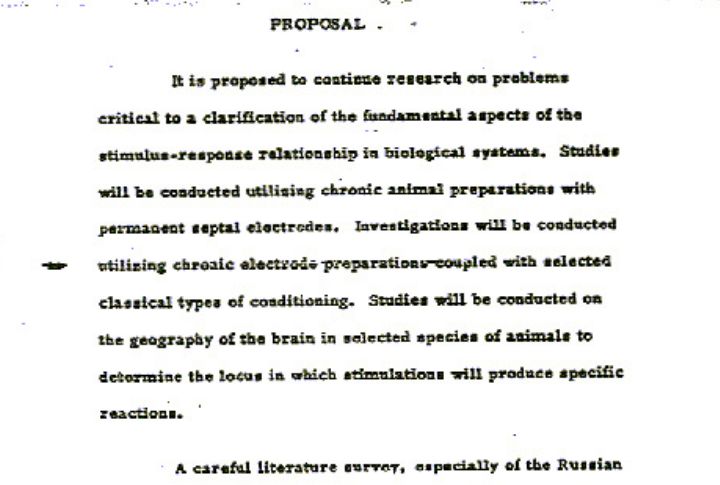
Unwitting individuals became subjects in a secret mind control program. MKUltra involved drugging and hypnotizing civilians and prisoners to study psychological warfare. What once seemed like science fiction turned real when the Senate revealed the disturbing facts.
Tuskegee Syphilis Study
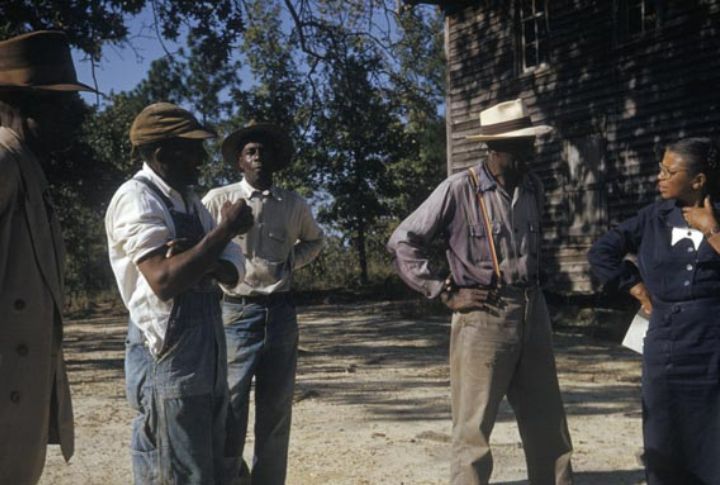
Hundreds of Black men were misled for decades. Promised free treatment for “bad blood,” they were instead observed while syphilis ravaged their bodies. Even after a cure was found, doctors withheld it. This horrifying breach of ethics wasn’t exposed until a whistleblower came forward in 1972.
COINTELPRO
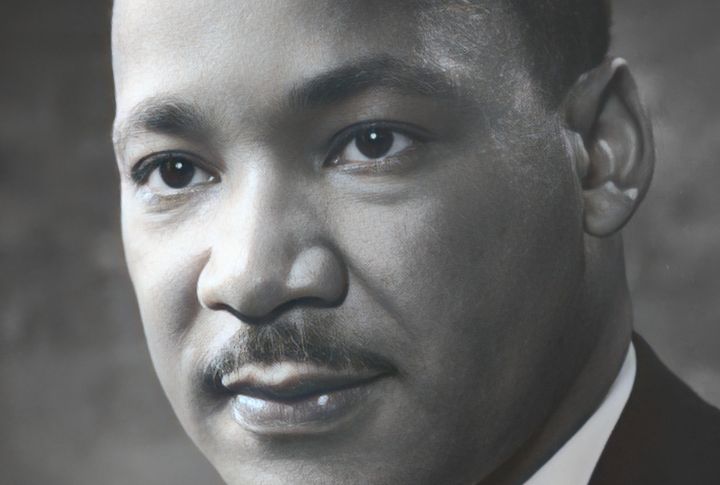
The FBI targeted American citizens as enemies of the state. Activists, including Martin Luther King Jr., were harassed and spied on through the Counter-Intelligence Program. Once-secret files later revealed just how far federal agents went to suppress voices demanding change.
The Gulf Of Tonkin
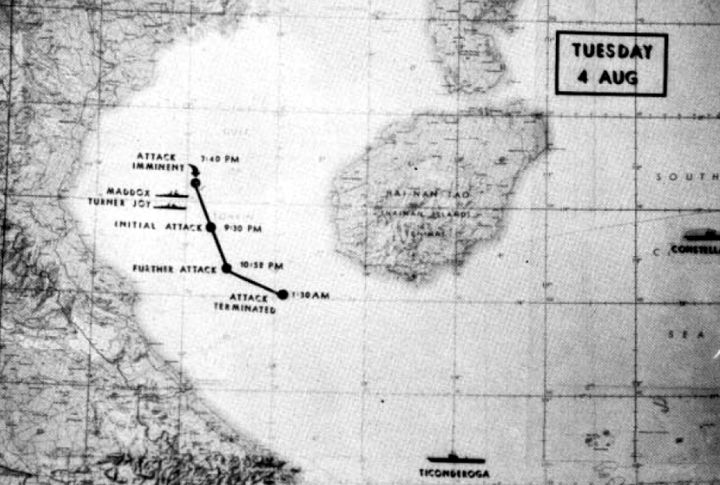
One “attack” that never happened, yet it triggered years of deadly warfare. Declassified documents later revealed that the U.S. used a fabricated incident in Vietnam’s Gulf of Tonkin to justify full military involvement. Truth was the first casualty in this geopolitical chess match.
Big Tobacco’s Deadly Silence
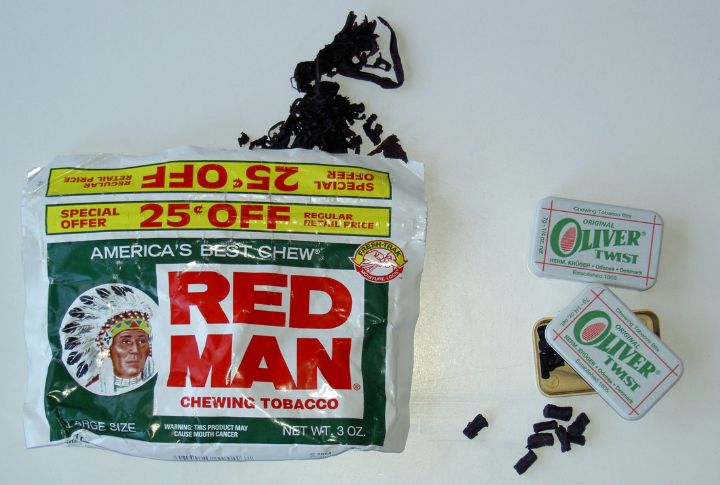
They knew. They lied. For decades, cigarette companies buried damning research linking smoking to cancer and disease. When their internal memos went public in the late ’90s, the deceit became undeniable. The cover-up cost lives and, ultimately, billions in legal settlements.
The Iran-Contra Affair
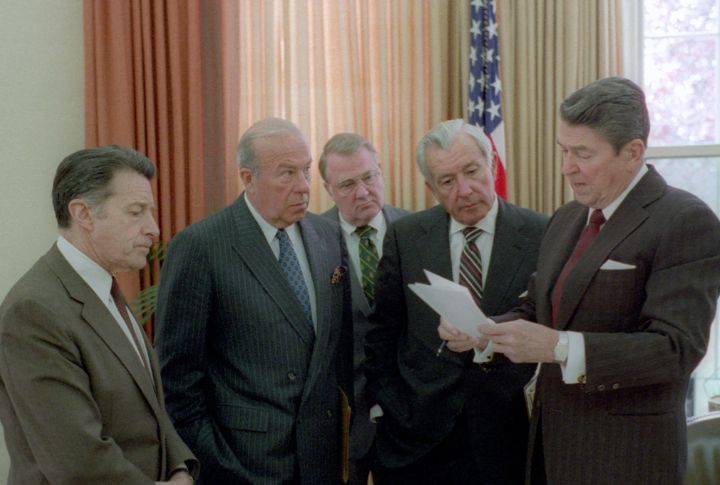
Covert arms sales and hidden funds shaped U.S. foreign actions. Officials transferred weapons to Iran and funneled the proceeds to support Nicaraguan rebels. The full story emerged only in 1986, surprising many who had been unaware of what had occurred behind closed doors.
Watergate

A hotel break-in spiraled into a presidential downfall. When operatives linked to Nixon’s re-election were caught wiretapping the DNC, it triggered an avalanche. With tapes proving Nixon’s role in a cover-up, the scandal ultimately forced his resignation in 1974.
Prohibition Poisonings
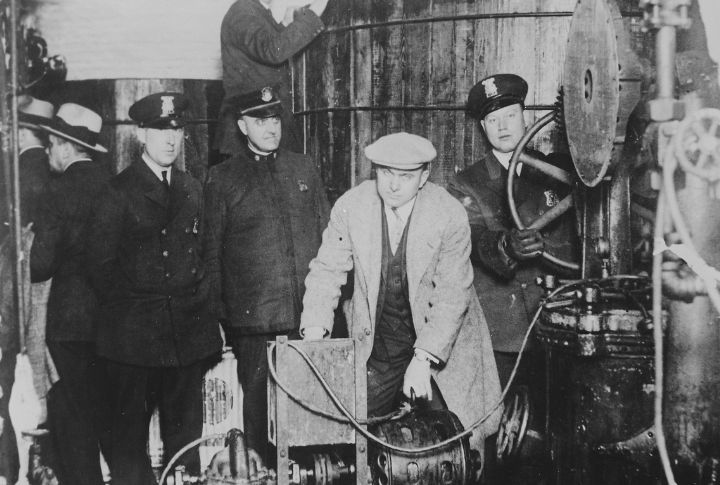
To stop illegal drinking, officials turned to a shocking tactic: poisoning the alcohol supply. Methanol-laced booze killed thousands during Prohibition (1920–1933), and documents later proved the government was behind it. A moral crackdown spiraled into a deadly trial no one ever consented to join.
The Manhattan Project
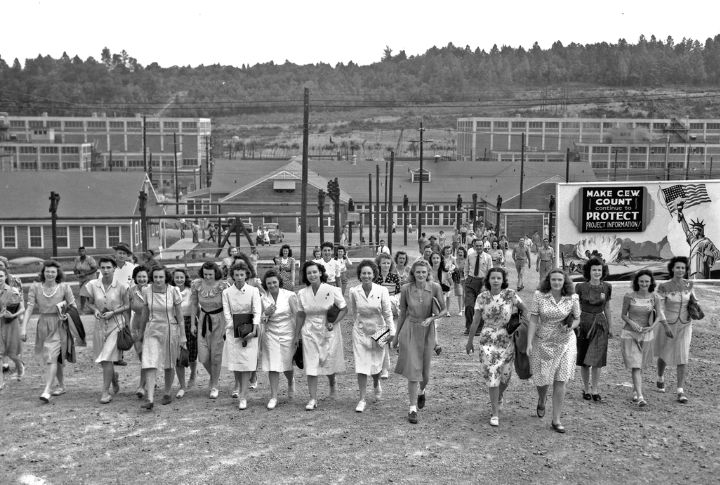
It employed over 130,000 people, yet few knew what they were really building. The Manhattan Project stayed secret until its fiery debut in Hiroshima and Nagasaki. For years, scientists labored behind locked doors, creating history’s most devastating weapon under utmost secrecy.
John Lennon’s FBI File
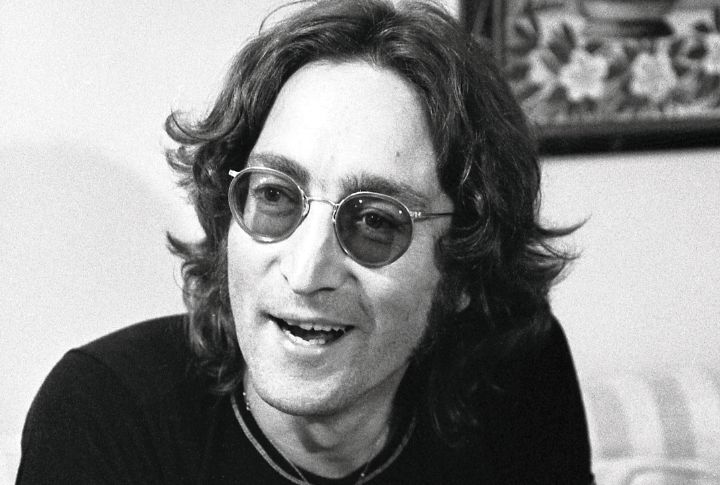
Peace—that’s all he asked for. But John Lennon’s anti-war activism drew FBI attention. His phones were tapped, his visa threatened, and his movements monitored. Government paranoia over “radical artists” turned the beloved musician into a surveillance target.
Operation Mockingbird
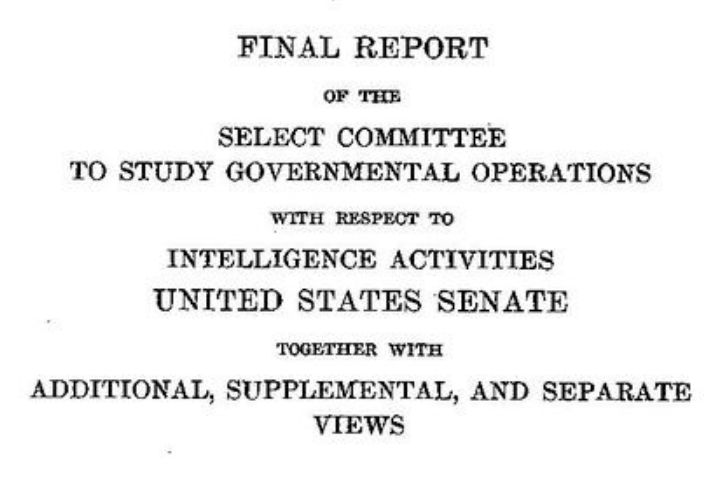
Truth didn’t always come from the news. During the Cold War, the CIA placed operatives inside major media outlets, feeding pro-American narratives. The idea of “objective journalism” blurred when it turned out some stories were written under agency direction.
NSA Mass Surveillance

In 2013, Edward Snowden (a whistleblower) revealed that the governments were spying on their own citizens. Every message and call faced constant surveillance. These leaks pulled the curtain back on a global surveillance program that many feared but few truly believed until proof emerged.
Edgewood Arsenal Human Experiments
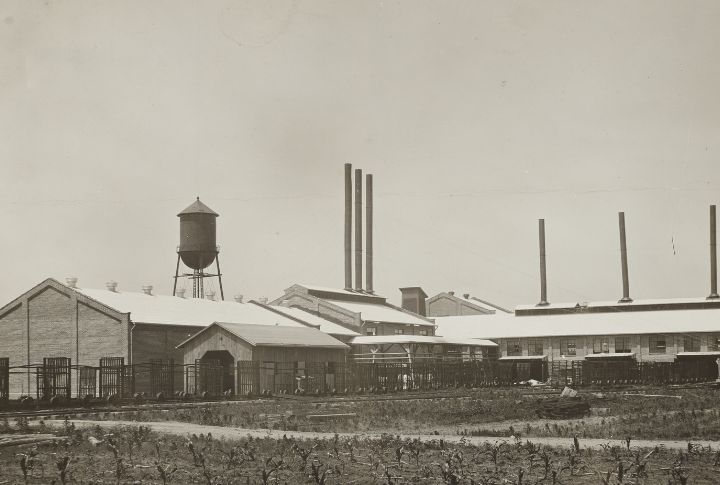
Between 1948 and 1975, the U.S. military exposed thousands of soldiers to chemical warfare agents. This included nerve gases and other hallucinogens. Ostensibly framed as tests for protective gear and treatments, these experiments often proceeded without informed consent. Despite widespread criticism and demands for justice, most lawsuits for compensation failed.
Pharma’s Price Fixing
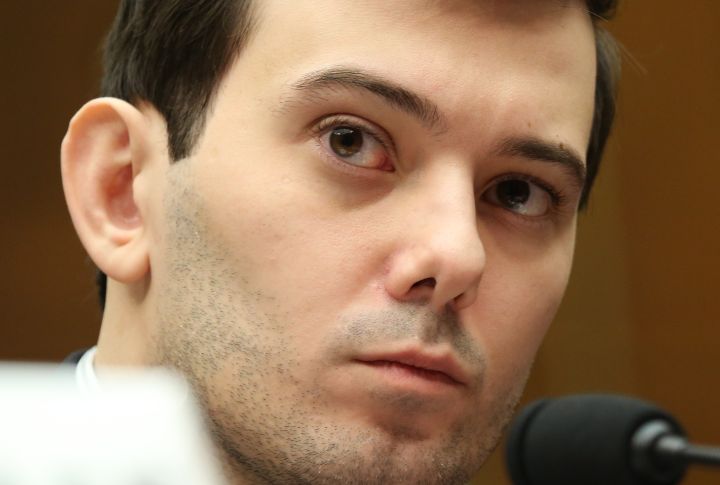
Life-saving drugs became unaffordable overnight, not by accident but by design. Investigations exposed pharmaceutical giants colluding to keep prices high and alternatives out. The result? Patients struggled while executives thrived, which proved that some of the worst conspiracies are driven by greed.
Project Sunshine
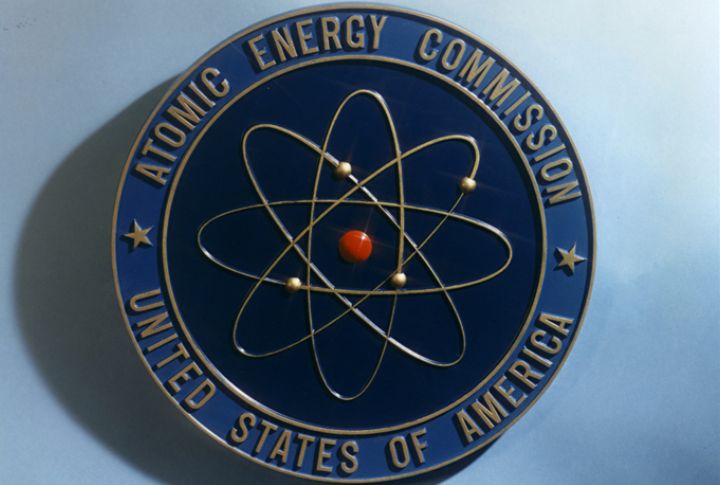
Project SUNSHINE, launched in 1953 by the U.S. Atomic Energy Commission, studied the effects of nuclear fallout, focusing on Strontium-90. Outrage grew when British hospitals were found to have sent tissues from deceased infants and children without informing families. And it reveals one of many ethical breaches in Cold War-era science.
The Business Plot
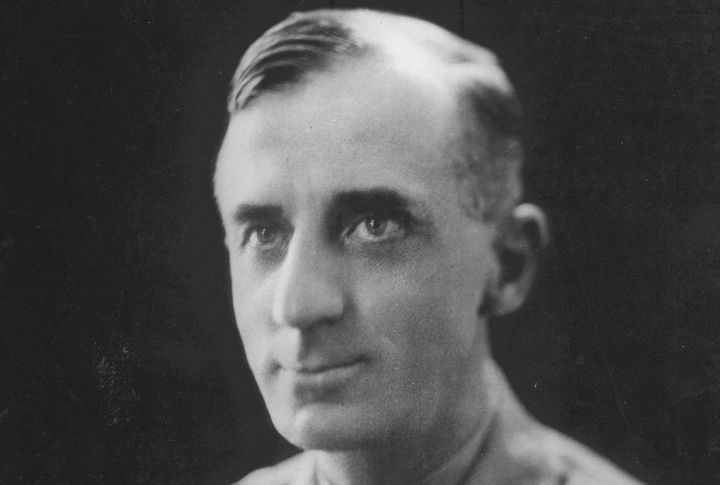
In 1933, wealthy bankers sought Major General Smedley Butler to lead a takeover of the U.S. from Franklin D. Roosevelt. The plan surfaced when the general testified to Congress. No charges followed, yet the threat left a lasting sense of unease over the nation’s fragile democracy.
The Dalai Lama’s CIA Ties
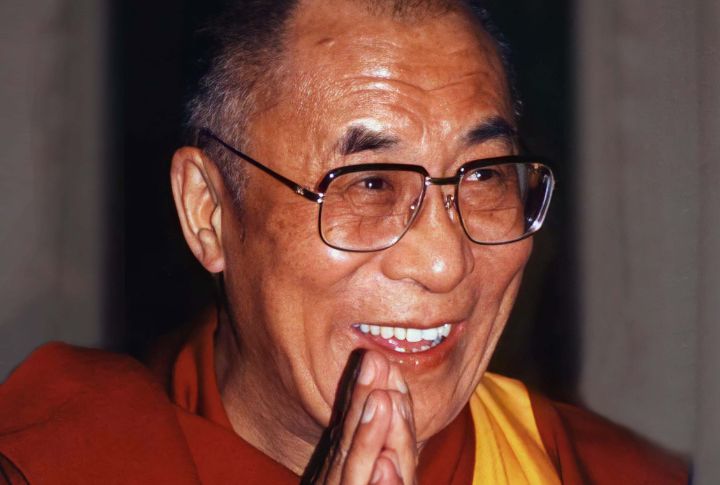
Even global icons aren’t immune to geopolitics. Quietly, between 1959 and 1974, the CIA funneled money to the Dalai Lama and Tibetan insurgents to undermine China. While the spiritual leader distanced himself from the operation, declassified files say otherwise about this covert funding.
Bayer’s HIV Scandal

A chilling example of corporate malice—Bayer sold HIV-contaminated medication overseas after it was banned in the U.S. Thousands got infected, and internal records revealed executives knew the risks and still chose money. Not negligence. Not an accident. Just pure disregard for human lives.
Operation Northwoods
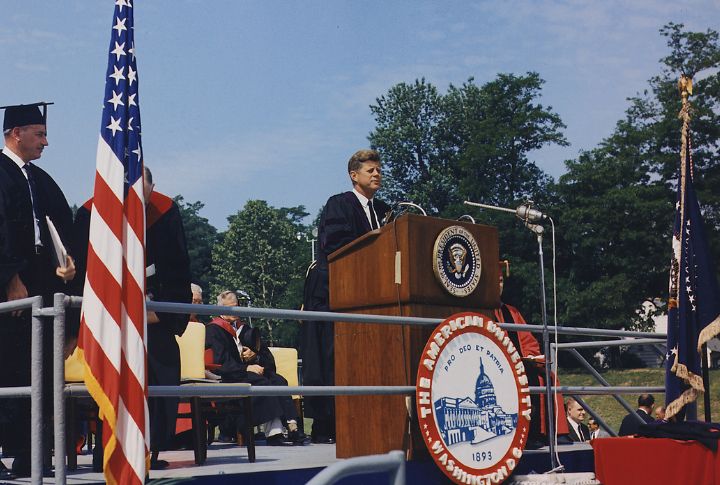
The Pentagon considered staging false terrorist attacks on U.S. soil to create a pretext for war with Cuba in 1962. Plans included hijackings, bombings, and fake casualties, all authorized by senior generals. President Kennedy ended the scheme, revealing the depths of secret military strategies.

